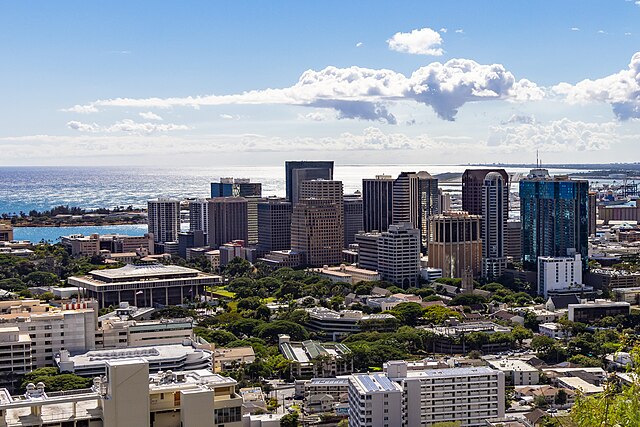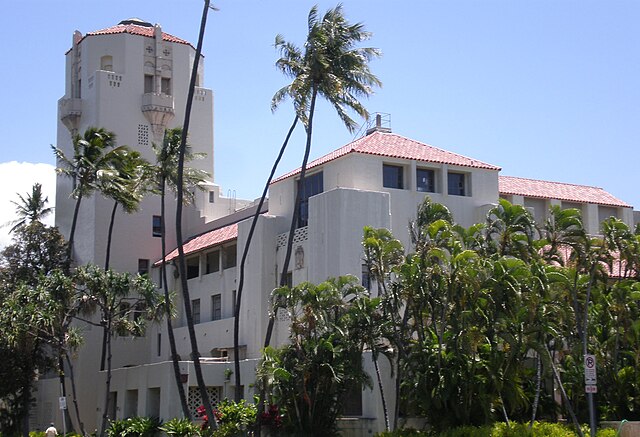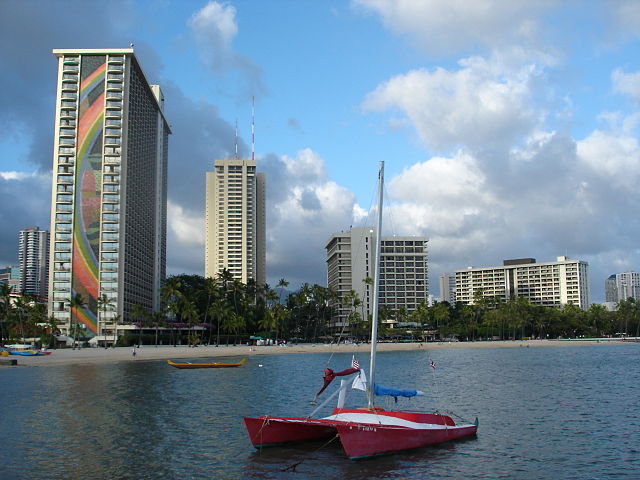The Bernice Pauahi Bishop Museum, designated the Hawaiʻi State Museum of Natural and Cultural History, is a museum of history and science in the historic Kalihi district of Honolulu on the Hawaiian island of Oʻahu. Founded in 1889, it is the largest museum in Hawaiʻi and has the world's largest collection of Polynesian cultural artifacts and natural history specimens. Besides the comprehensive exhibits of Hawaiian cultural material, the museum's total holding of natural history specimens exceeds 24 million, of which the entomological collection alone represents more than 13.5 million specimens. The Index Herbariorum code assigned to Herbarium Pacificum of this museum is BISH and this abbreviation is used when citing housed herbarium specimens.
The Hawaiian Hall at the Bishop Museum contains the world's largest collection of Polynesian artifacts.
Ke Aliʻi Bernice Pauahi Paki Bishop's husband, Charles Reed Bishop, created the museum to preserve royal heirlooms passed down to him upon his wife's death.
Falls of Clyde
Bishop Hall, 2010
Honolulu is the capital and most populous city of the U.S. state of Hawaii, which is in the Pacific Ocean. An unincorporated city, it is the county seat of the consolidated City and County of Honolulu, situated along the southeast coast of the island of Oʻahu, and is the westernmost and southernmost major U.S. city. Honolulu is Hawaii's main gateway to the world. It is also a major hub for business, finance, hospitality, and military defense in both the state and Oceania. The city is characterized by a mix of various Asian, Western, and Pacific cultures, reflected in its diverse demography, cuisine, and traditions.
Image: Downtown Honolulu from Pūowaina (Punchbowl Crater)
Image: Honolulu Hale frontcornerview
Image: 160701 N SI773 264 (28109201982) (slight cropped)
Image: Waikiki Vacation








